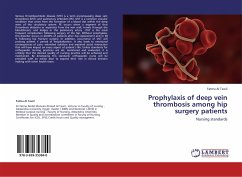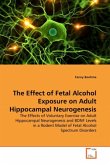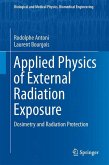Please note that the content of this book primarily consists of articles available from Wikipedia or other free sources online. Post-exposure prophylaxis is any prophylactic treatment started immediately after exposure to a pathogen (such as a disease-causing virus), in order to prevent infection by the pathogen and the development of disease. In the case of HIV infection, post-exposure prophylaxis is a course of antiretroviral drugs which is thought to reduce the risk of seroconversion after events with high risk of exposure to HIV (e.g., unprotected anal or vaginal sex, needlestick injuries, or sharing needles). To be most effective, treatment should begin within an hour of possible infection, and no longer than 72 hours post-exposure. Prophylactic treatment for HIV typically lasts four weeks. While there is compelling data to suggest that PEP after HIV exposure is effective, there have been cases where it has failed. Failure has often been attributed to the delay in receiving treatment, the level of exposure (i.e., the viral load received), or both. However, for non-occupational exposures, the time and level of exposure are based on patient-supplied information; absolute data is therefore unavailable.
Bitte wählen Sie Ihr Anliegen aus.
Rechnungen
Retourenschein anfordern
Bestellstatus
Storno








